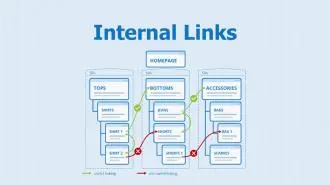Summary / TL;DR
Google prefers brands in search results because they signal trust, offer better user experiences, and demonstrate consistent authority. Branding in SEO involves elements like a strong About page, physical address, social media presence, unique logo, and public reviews, all of which act as brand signals recognised by Google’s algorithms. Although brand status isn’t a direct ranking factor, it correlates with others such as click-through rates, backlinks, and user engagement. Reputable brands also benefit from branded search volume and mentions, which further reinforce their presence in search results. Google's bias for brands makes it crucial for businesses to build brand recognition alongside SEO strategies to improve visibility and compete effectively.
Take a look at Google’s search results, and you’ll spot well-established brands with strong SEO and Google branding taking the top spots over their lesser-known counterparts.
This doesn’t happen just because users recognise the importance of buying from recognised brands. Google is a bit biased when it comes to big and reputable brands. So, when you ask a question or conduct a search, you’ll be provided several pages listing the best results ranked in order of preference.
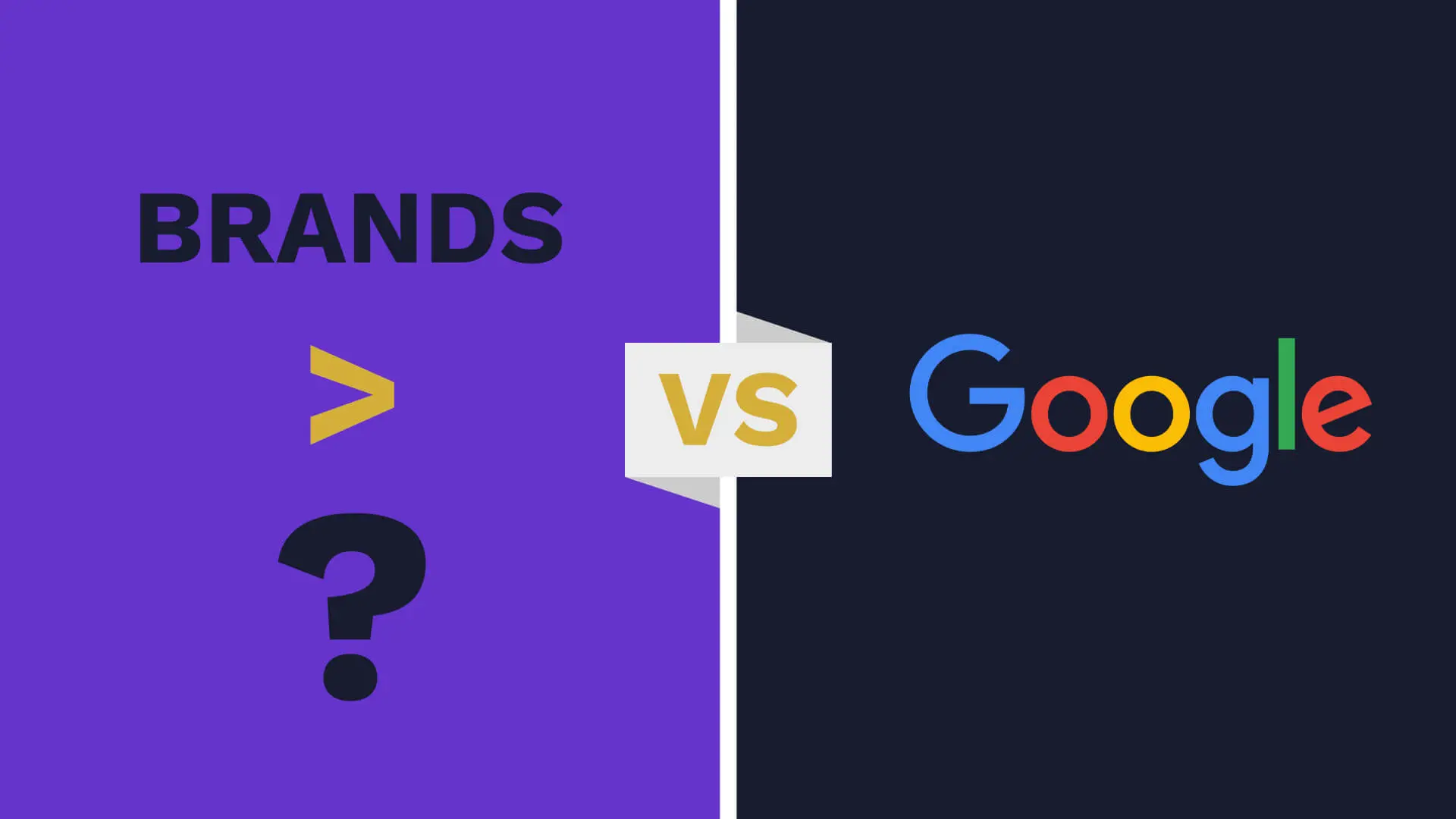
In this guide, we’re focusing on understanding why Google prefers big brands; ranking them higher on the search results pages is key, which is integral to understanding the process of how does Google ranks websites. But before that, we’d like to introduce you to the basic concept of branding in SEO.
We’ll then take you through some of the most crucial branding signals so that you learn how to build brand recognition online. So, let’s begin.
- What Is Branding In SEO?
- Is Branding A Good Ranking Factor?
- How Does A Brand Relate To Ranking Factors?
- Steps To Build A Brand
- Why Is Google A Good And Successful Brand?
- How Can Brands Achieve Success Like Google?
- That’s why Google Prefers Brands
What Is Branding In SEO?
Branding in SEO is a simple marketing practice that helps businesses build their name, reputation, and symbol. Search engines can identify and rank them higher in both non-branded and branded SERPs (search engine result pages).
Google often ranks branded websites higher than less established ones because brands typically offer a more valuable user experience compared to their lesser-known counterparts.
For example, if you search for phrases like “sofas online” or “office chairs”, you’re more likely to find results from amazon.com at the top of the SERP because it’s a well-established and well-known brand. On the contrary, website owners who have recently launched their furniture sites have lower chances of ranking high.
In fact, as per the survey conducted by Nielsen, 60% of global consumers with proper internet access prefer buying new products from familiar brands to new brands. Consider an example — if you search for “men’s shoes online”, Google will present you with top-notch options, catalysing business growth for established brands. But you’re more likely to opt for “Levis” or “Nike” because they are reputable and recognised brands.
When you search for the “top 10 SEO tools of 2026”, Google presents a list of top options. You’ll likely pick HubSpot because it’s a well-recognised brand, standing out from less popular domains.
So, it would be best to make your brand popular; it’s vital to use SEO instead of only promoting the domain name. Even if the right keywords are used in the domain, weighing brand name vs company name SEO strategies won’t be deemed sufficient by Google.
That’s why the primary focus of every website owner should be to get sales by building a brand; only then will Google favour the brand.
Search engines consider a range of indirect factors when defining a brand. Let’s briefly explore these elements to better understand SEO branding.

1. Brand Signals
Brand signals are the cues that help consumers navigate the marketplace. And the process of branding is complete only when the following brand signals are defined and considered.
These factors contribute to building a strong brand presence according to Google’s ranking requirements.
i) Strong About Page
The website should have a strong “about page” with detailed company and team member information. You can look to competitor solutions as benchmarks to ensure the high quality of your own content.
ii) Address
The footer or about page of the website should have your company address. It’s better to connect to a “Google My Business” account for this, even if you are not a local business.
iii) Public Reviews
Google relies on good public reviews to rank websites. So, if your company information is on platforms like Glassdoor, Yelp, and Trustpilot, with higher ratings and a higher number of positive reviews, the higher the likelihood of improved search engine rankings.
iv) Active Social Media Presence
An active social media presence on platforms like Instagram, Facebook, and Twitter can help small businesses improve their brand image and attract new customers.
v) Phone Number
Include a phone number on your site’s contact page. It’s essential to respect brand rights and adhere to Google brand guidelines to enhance brand visibility and provide a local number rather than call-tracking numbers if you wish to amplify the brand’s visibility.
vi) Logo And Unique Design
The logo and theme of a site are also considered brand signals as they help users identify the company’s brand. A brand image with a distinctive and trusted logo is bound to catch the attention of users and Google.
2. Number Of Branded Searches
The number of times your brand name is searched on Google signals that you’re a genuine brand that users are interested in.
If you’re looking to beat the competition, you can also use the potential of offline marketing and off-page SEO to impact organic search results.
Radio ads, TV, billboards, and other traditional advertising methods may not look like they could impact organic SEO rankings. But people seeing your brand name for the first time would be curious to know about your business and the services you offer. They are more likely to search after seeing the ad — increasing your brand’s presence.
You may also use tools like SEMrush and Ahrefs to measure brand awareness effectively and track the number of searches you and your competitors receive.
That being said, consider the example of Tesla. It receives thousands of branded searches every month, so the how to increase brand search volume will impact search signals of the brand’s strength to Google. You can see the results for Tesla on Google Trends.

This is one of the reasons why it usually ranks higher in the search results.
3. Brand Mentions
Another powerful indication of brand authority and legitimacy for Google is the mention of brand names without linking to your site.
These are also co-citations and act similarly to local citations for local businesses. The more your brand name is mentioned, the more Google acknowledges you as a real online business.
Now, let’s talk about NoFollow links; they don’t carry a page rank, but with anchor texts, NoFollow links are powerful brand signals since they are important co-citations.
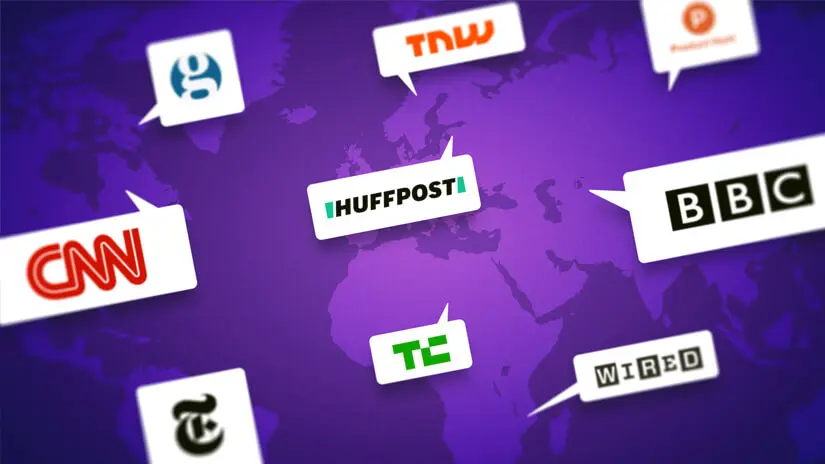
Want to receive updates? Sign up to our newsletter
Each time a new blog is posted, you’ll receive a notification, it’s really that simple.
Is Branding A Good Ranking Factor?
This is a common query in the digital age — Does SEO branding play a role in Google’s ranking system? A ranking factor is a technical and specific algorithmic input in the realm of online marketing Google uses to determine the rankings of different websites.
However, a brand is not the same, as it’s not a direct ranking factor. To Google, a brand accumulates various factors we refer to as branding. Users tend to click on links from well-known and trustworthy brands.
Although click-through rates (CTR) are not direct ranking factors, user behavioural signals influence SEO results. A strong brand can significantly impact SEO and organic rankings.
However, Google doesn’t compare brands to see which one should be placed higher. For instance, it won’t be ranking Coca-Cola higher because it holds more brand awareness and affinity than other brands such as Pepsi.
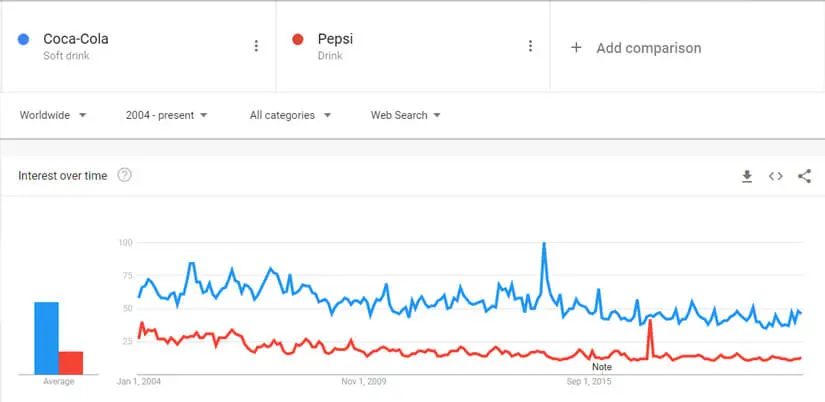
This isn’t an element in Google’s algorithm. However, the considered factors correlate with brands both directly and indirectly.
So, if a website has managed to build its brand name while maintaining good SEO practices, it’s more likely to find a top spot in the search results.
How Does A Brand Relate To Ranking Factors?
As we mentioned earlier, brand signals correlate to ranking factors, so invest in integrating branding and SEO development. Let’s now look at how brands correlate to the following ranking signals.
1. Links
First, Google measures the number of organic links earned naturally and editorially on a website.
This is why website owners and digital marketers strive for sustainable link-building focuses by getting people to visit their sites, consequently possibly directing traffic to your website naturally. However, there still might only be two or more among the hundred visitors that have the power to link to your website.
And even if that does happen, these visitors may not be sure about linking to your website despite quality content and products that convert because your brand is not reputable.
In contrast, they would willingly link to you if your brand was well-known and well-established. You would then be gaining double the number of links as your competitors.
2. Social And Behavioural Signals
This is similar to the previous point; people with prior experiences with the company’s content, products, and services will talk about it and share feedback in their circle.
Even if they’re comfortable and familiar with the particular brand, they will get more social shares per visit and more exposure than normal.
Eventually, This will lead to more social sharing, ultimately driving more organic traffic, links, and higher conversion rates.
3. Click-Through Rates
the click-through rate can significantly influence on Google Search rankings. If a significant number of people conduct a search and click on your website, ranking at number four or five in the SERP, you’ll be moving up the page very quickly.
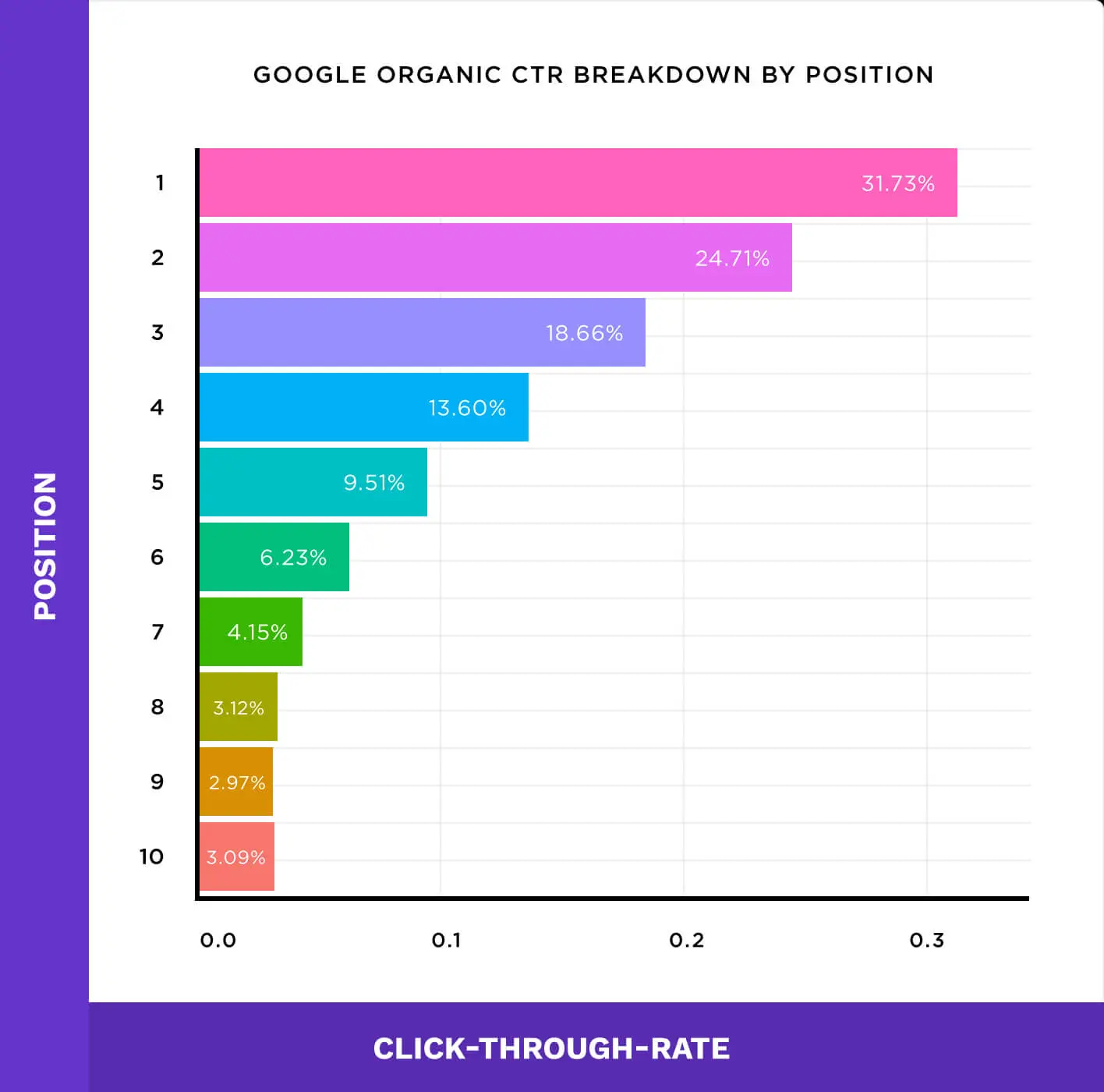
When searchers choose which site to click on from the results, they tend to pick a familiar brand, associating it positively.
That’s why building a brand is essential. Even if you rank lower than your competitors, but you’re the better-known brand, the click-through rate for your site will be higher.
And one of the best ways to build a reputable brand is through brand advertising. Even radio and billboard advertisements help in boosting local SEO rankings.
4. Usage Pattern
Google usually looks at patterns of visitors to determine the sites they prefer visiting and their experiences. Consequently, a site getting traffic on a relevant topic organically (not only from Google Search but from different sources) tends to be rewarded by Google.
For instance, Google will identify a pattern and boost its rankings if data shows people search for a Costa Rica vacation product or service on a specific site.
People looking for this type of content usually visit a particular site. It need not necessarily be direct but via social media, organic website backlinks or email marketing.
You’ll earn traffic from various sources if you’re a branded company. Plus, you’ll have the ability to get users to revisit your site, ensuring your desired results.
5. Social Media
A good presence on social media platforms with a solid and engaging list of followers benefits your brand awareness and SEO outreach campaigns. Most social media channels have made it almost impossible for the masses to see your posts organically, and there’s no denying this.
Only brands with effective strategies and decent budgets to spend are visible to people for engagement and interaction. Google values these social cues, rewarding these sites with improved local and national SEO rankings.
6. Paid Advertising
Next comes paid advertising — another significant digital marketing strategy with an impact on ranking factors that can get your site to one of the top positions in search results. Brands with a good reputation will generate more sales and income, allowing them to make higher bids.
The bigger budgets will help buy larger-scale branding in SERP Google campaigns, enabling more prominent brands to outrank small and new businesses.
7. Quality Content
Positive content is more likely to rank online if it meets Google’s SEO ranking factor criteria, which has become extremely important to Google. To identify sites with good-quality content, Google looks for signals and considers metrics like bounce rates, pages per session, and the average time spent on the page.
Remember, the more engagement and high-quality traffic, the better the site’s content. A bigger brand will utilise SEO for branding, having the budget and resources to create content that attracts users.
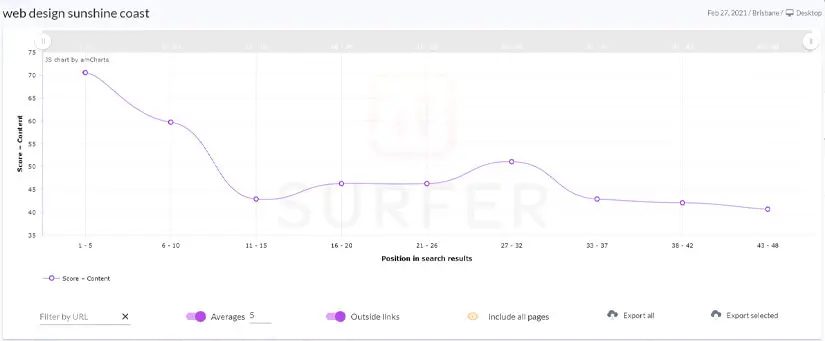
The above graph piques interest in the ranking for the keyword “ Web Design Sunshine Coast” using the SurferSEO Content Score feature, which ranks the quality of content grouped per 5 results. Showing better quality content holds a better position on Google SERP.
Steps To Build A Brand
There’s no denying that brands receive preferential treatment from Google whenever users conduct a relevant search. A list of snippets from the brand’s site is displayed on the SERP to enhance overall visibility.
In 2010, Google announced its intent to show “extended search results” in favour of the brands. In other words, brands take up a more significant part of the search results page, making it even more challenging for smaller businesses to compete without a solid SEO strategy for lesser-known companies.
A similar concept was again introduced in “Google Suggest”, where Google started suggesting specific search queries and recommending brands.
This usually refrains users from searching how they want to. It affects the searcher’s behaviour by suggesting brands before they can even complete typing what they want to look for.
To compete effectively against Google’s bias, every brand needs to concentrate on using SEO to step up, select and follow its niche. In other words, you must pick a niche and build your brand presence around it.
You can follow the steps highlighted below to build your brand name and gain a lot of exposure.
1. Creating A User-Friendly Website With A Unique Logo
First, you must create a unique and powerful logo to symbolise your brand or business to build a brand. Next, you’ll need to focus on building a fast and user-friendly website.
You can use tools like Tailor Brands to create a custom-based logo that is easy to recognise. The best part about “Tailor Bands” is that it’s not an ordinary logo creation tool. Instead, it’s an AI-powered custom branding solution that can help build a brand.
You can embark on using branded keywords while you focus on SEO and branding simultaneously by entering a few basic details about your company, mastering the art of branded search, and identifying the preferred designs. Then, you can begin creating a logo for free.
Note that the ideal logo should represent the personality of your company. It should also be adaptable and powerful to perfectly match your company’s branding strategy.
Once that’s done, move on to creating a faster website using a website-building platform that’s poised to drive engagement. The website builder should match the requirements of your business.
After you’ve built the site, use HTTPS to secure it and improve the user experience. Also, ensure the page load speed is high to lower bounce rates.
You can use suggestions from Google Page Speed Insights to improve the performance of your website.
There are a few other steps that you should follow to bolster your online presence.
- Crop and compress your site images to optimise them.
- Reduce external scripts and disable plugins that are not in use.
- Install plugins like W3 Total Cache to take advantage of browser caching.
- Creating AMP pages will allow your WebPages to load faster on mobile devices, improving user experience.
2. Get A Branded Social Media Presence
Social media is a significant brand signal and serves as a platform for effective link-building. Google uses it to determine the size of your user base and the brand’s overall popularity. So, it isn’t surprising that measuring the social media followers of big brands alerts us to their popularity.
You won’t achieve the best branding results unless your brand or business is popular on social media platforms. At the bare minimum, it’s essential to have a fully functional account set up on Google My Business, Twitter, Facebook, LinkedIn, and Pinterest.
However, that doesn’t mean you’ll be stuck with zero followers. Utilise marketing channels to gain fans, followers and likes. That said, you can follow the steps mentioned below to optimise your social platforms and improve your branding and reputation.
- Optimise your social media profile using your unique logo, company profile and name, and link to your site so people discover more about your company.
- Your social media posts and goals should create content that resonates with the issues and needs of your target customers.
- Post content with relevant keywords and hashtags.
- Share videos and use Facebook Live to interact and engage with your audience. Create an omnichannel presence and reach customers whenever they need you instead of ignoring them.
- Make sure you use branded cover images so that people recognise your brand across all targeted social media channels.
- Use LinkedIn to expand networking and show that your brand is legit. Profiles of employees showing they work for you add to your brand’s authenticity.
- Putting your brand logo in the corner of the main picture you upload on Pinterest and Instagram is a great idea. This will prompt people to search for your brand online.
3. Create Content Using Relevant Keywords
Login to Google Keyword Planner and enter your brand name. You’ll then see the search terms Google relates your brand to. This will help you identify a niche to target and become a brand authority.
After identifying a niche for your brand, find long-tail keywords and create content on the topics identified in your keyword research.
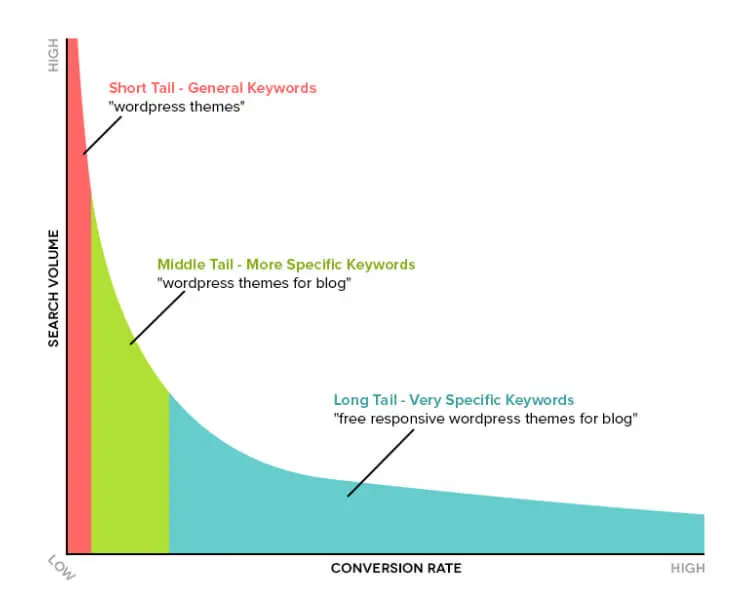
This search engine optimisation strategy will help improve your brand presence in Google Answer Boxes. And as more people know about your business, there will be an increase in branded Google Search queries.
Furthermore, big brands usually run content-heavy sites with multiple contributing authors.
This is a strong branding signal, as confirmed by Google. So, you can also get multiple authors to write relevant and engaging content for your website to rank higher on the SERPs.
4. Use The Power Of Storytelling
Successful big brands use the power of storytelling for SEO and brand building. You have to use the same marketing strategy to build your online brand.
Storytelling is the best way to win a user’s attention when visiting your site. So, include a story section on your site, like the Airbnb website. This will help keep visitors engaged so that they come back for more.
5. Make Use Of Video Marketing
People tend to avoid reading long texts; they are more interested in interactive and engaging content containing images and videos. Create and share videos reflecting your brand’s personality and goals.
Here are a few tips to help you get started:
- The introduction of the video should be inspiring, informative, and entertaining.
- Avoid including too much promotional content related to products and services; instead, focus on the goal of your brand.
- Your video should be well-optimised and mobile-friendly.
- Remember, 65% of your audience are visual learners, while 70% of people remember what they see and hear. Use music and other video enhancements to keep your audience engaged.
- Publish and share your videos on Facebook, LinkedIn, Twitter and other social media platforms to enhance brand awareness.
- Create a video sitemap and ensure your video is tagged with relevant keywords to reach the target audience.
- When creating a video, make sure you introduce your brand by name. It helps influence people to search for the mentioned brand name, which may increase click-through rates.
6. Include Branded Links And Co-Citations
Get visitors to link to your site if you wish to make it a popular and recognised brand name. You may use branded, SEO-friendly anchor texts whenever possible for this.
It will help provide relevant information about your business to search engines and users interested in your products and services.
You could also include co-citations, where people mention your brand name without linking to your site. These are also crucial ranking and brand signals to help Google identify your site as a reputable and trustworthy company.
The best way to use co-citations to your advantage is by dropping your brand name on pages of sites relevant to your target keyword.
This can also be in the form of online reviews and blog comments. As a result, Google will start associating your company or brand with that keyword, boosting SEO rankings.
7. Maintain Positive Reviews
Google has publicly stated that it algorithmically penalises sites with too many negative reviews, which is why close review management is essential. So, ensure you manage your brand’s reputation by cleaning up as many negative reviews and poor ratings as possible.
If users have concerns, do your best to address them as soon as possible. Also, your site should be optimised to provide a good user experience.
This will help you get positive reviews, and your site will rank higher on search results.
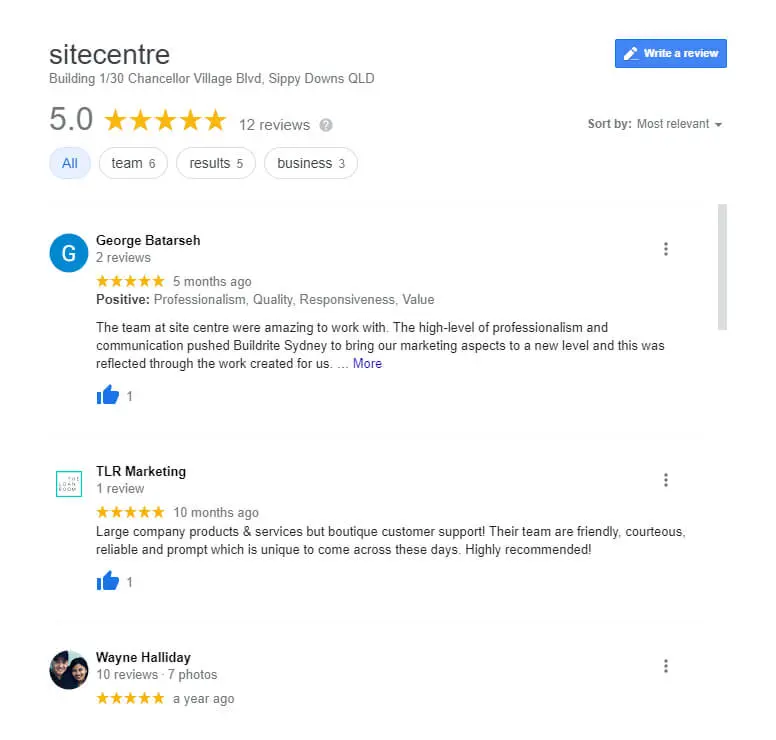
8. Pay Attention To User Interaction
Google may determine your site as spam if it’s blocked or no activity or interaction occurs. Focus on keeping people on your site by interacting with them and engaging them in relevant content.
Google may even see how many people bookmark and return to your site after a visit, which is a ranking signal.
Note that visitors return to sites they like, which are recognised brands.
Why Is Google A Good And Successful Brand?
We’ve gone through an in-depth guide on why Google prefers branding. Now, We’ll take an example of the most successful brand in the digital world: Google itself.
It has managed to build a brand name recognised worldwide with its dedication to continuous innovation, which is a part of the company’s mission. As such, the brand has always empowered its employees to get creative and fulfil its goal of positively changing the world.
What puts this search engine in a line of its own are several factors, apart from its logo, which We’ll discuss in this section.
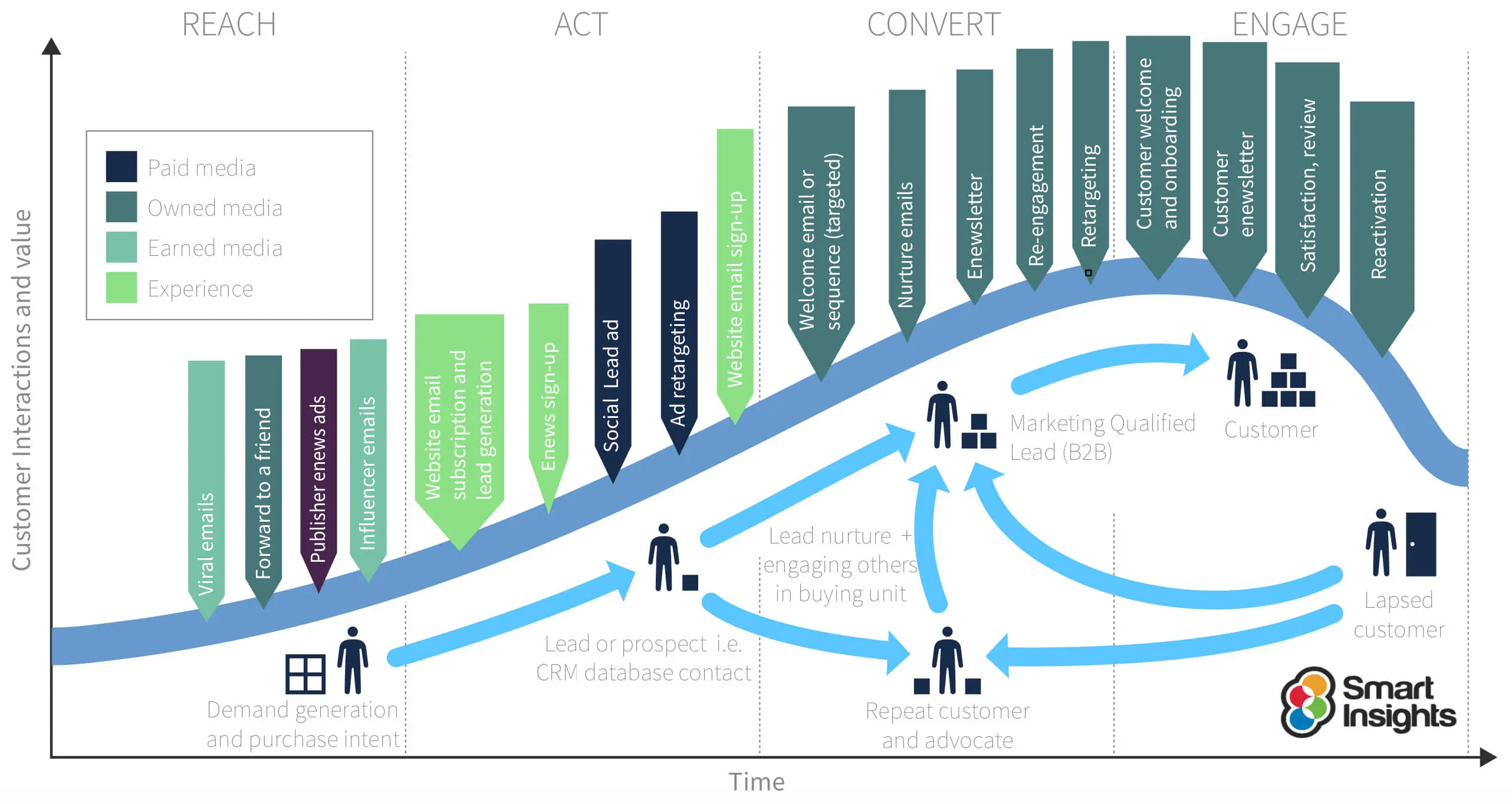
1. Quality
Google started as a search engine but branched out to offer quality services using search branding strategies, and innovation adds significant value.
When you use the Google Search engine to access Google Maps, Google Analytics, or even Gmail, you can rest assured that it will work perfectly, contributing to its revenue and creating a brand everyone can trust.
2. Innovation
As mentioned earlier, Google began as a search engine in 1998. This makes it different from Ask Jeeves, Alta Vista, or Web Crawler. But gradually expanded its base and began powering smartphones with Android operating systems.
It also has the best web browser and with a brand message that helps in building brand awareness via Google Maps and Google Earth. And, of course, it runs the most successful video service platform, YouTube. The company has changed for the better and has always successfully created innovative products.
In other words, it has created a brand name for itself that every web user relies on. We refer to this as a deeper connection through brand development, a crucial factor in SEO ranking.
3. Variety
Unlike other big brands, Google didn’t limit its products and services to just one or two kinds. It covers all bases, be it wearable technology, map systems, mobile devices, productivity tools, or reaching into cloud services.
If you search for a smartphone or a specific video, you’re more likely to find Google showing its product in the search results. , As more people click the links, the brand name earns more clicks and rises in the search engine results.
That’s how it has managed to grow into one of the biggest tech companies over the years.

How Can Brands Achieve Success Like Google?
If you’re starting out as a new business, focus on creating an optimised, user-friendly site with relevant content that targets your audience.
Once that’s set up, focus on both brand building and SEO for your name and reputation. Also, make sure you think outside the box, like Google and find a unique niche for your company.
Focus on your goal to increase brand awareness by providing quality products or services that stand out from other brands and enhance credibility while giving your users the desired experience. And, of course, keep being innovative; you might be at the top of your ranking game by providing helpful content, but don’t forget that competitors are constantly fighting to be in that top spot.
We have a great article on SEO for brand awareness using Google E-A-T, which stands for Expertise, Authoritativeness and trustworthiness, which can help you enhance SEO efforts measurably.
In other words, even if you outrank small by strategically choosing new brands in the market, more prominent or more innovative, creative brands may take over your position within a second.
Also, understand that designing a unique logo to build brand awareness’s purpose is crucial, like SEO for brands, as it allows people to see what your company is all about. However, your aim should be to improve brand development for sustainability and success in the long run. After all, it’s not just a logo that sets brands apart from each other.
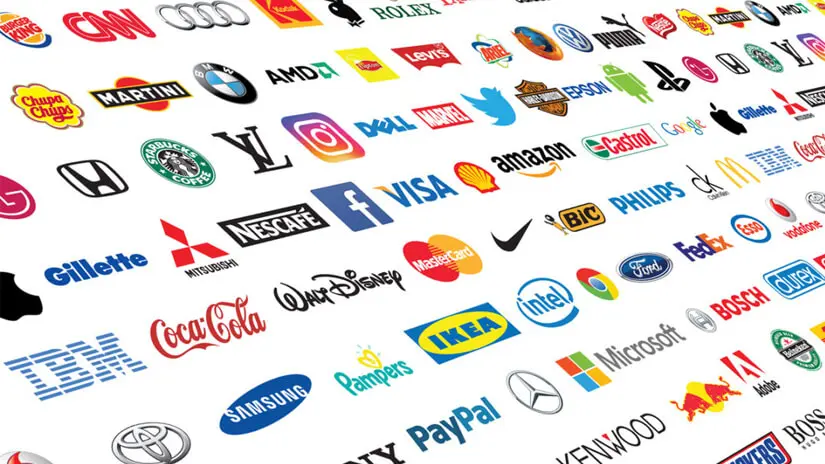
That’s why Google Prefers Brands
Building a strong online brand presence can boost your SEO rankings and give you an advantage over your competitors. Undoubtedly, Google, the best and largest tech brand globally, prefers reputable and recognised brands over smaller brands that we don’t know much about.
Even potential customers tend to buy products and services from well-known brands rather than new companies that recently entered the market. The competition is intense at this level, but with dedication and the required amount of time, money, and concerted efforts, one can build the brand signals to capture Google’s attention and generate quality leads.
Remember, SEO branding may not be a direct ranking factor, but it does correlate to the other ranking signals, including CTR, user data and more. So invest in branding SEO for your website and nurturing customer loyalty, and you can rest assured of favourable results in terms of ranking. On that note, we wish you all the best!

